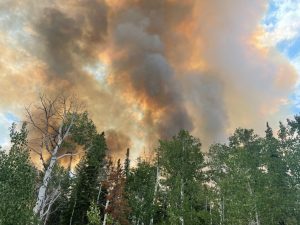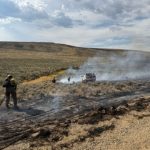History in Focus: ‘I God!’ Molly
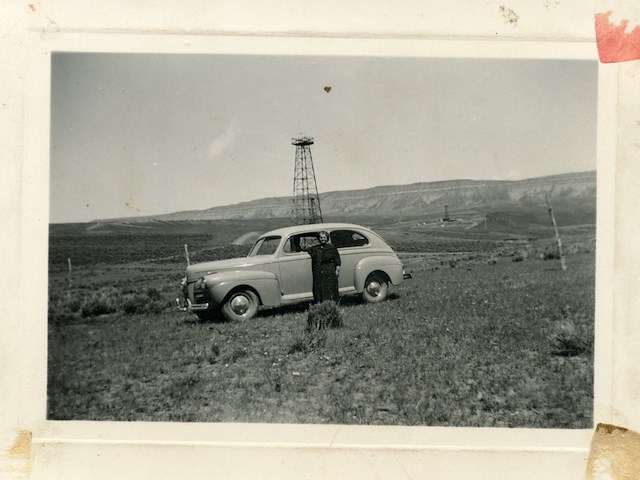
On a dark Thursday night in September 1924, a fleet of trucks loaded with oil drilling equipment and men from the Midwest Oil Company rolled up to the gate of a ranch roughly 2.5 miles southeast of Isles Grove, which is just south of Hamilton on Colorado Highway 13.
As the men paused to open the gate and roll forward to the drill site, they were confronted by a stout and angry woman in her mid 40s pointing a revolver at the lead truck.
“Stop!” she ordered.
As edited for readers of the Craig Empire, she continued: “Now listen, you blankety, blankety, blank-blank blanks of blanks ain’t coming on this land! D’ye hear? The first man through the gate dies, I God,” fumed the woman.
Quickly and correctly appraising her mood and the intentions of her revolver, the men hastily turned the trucks around and retreated to a nearby patch of ground outside the gate, according to the Craig Empire on March 14, 1928.
After three days, the defiant woman negotiated royalty payments to her liking, the drillers entered the gate, and “I God” Molly Rink, one of Moffat County’s most flamboyant, rough and foul-mouthed women, became fabulously wealthy.
Uneducated and illiterate, Molly and her first husband, Bert, arrived in Northwest Colorado around 1909 and took up ranching in Axial Basin. Their marriage floundered when Bert reportedly deserted Molly and took up residence in Craig with a “red-haired feminine companion.”
Quickly moving on with her life, Molly purchased 320 acres in May 1923 from Clarence Hoback, just adjacent to the Rink ranch. In October, she signed an oil lease and insisted on a 1/16th royalty instead of the typical 1/8th, her ability at fractions clearly lagging behind her spirited vocabulary.
After finally being convinced of her embarrassing mistake, Molly was determined to get her rightful share of the wealth. She sued to renegotiate the contract in June 1924, setting the stage for her one-woman standoff with the roughnecks in September, according to the Craig Empire.
Her sudden wealth along with a gregarious personality expressed through rough language quickly made her a local celebrity. Her unique exclamatory remark, “I God!”, was liberally used in all contexts and states of emotion, and soon became her endearing nickname.
At the same time as the standoff, Molly quickly moved to cut Bert out of her newfound riches by filing for divorce for nonsupport. After 24 years of marriage and no children, Molly started a new life.
On Nov. 11, 1927, flush with cash from a new well on her property that was producing up to 1,500 barrels a day, Molly married Paul Woodmansee. True to her style, as guests started to wonder when the ceremony would finally begin, she surprised everyone by announcing the couple had eloped six weeks before in Vernal, Utah, as detailed in the Craig Empire on Nov. 30, 1927, and March 14, 1928.
At the wedding dance at the school in Hamilton, the Craig Empire further summarized her announcement on Nov. 16, 1927, by reporting, “she had lived in this section for some 15 years, had worked like hell all her life, and hoped her working days were now over.”
A daughter, Pauline, was born in April 1928, but the marriage ended in divorce by 1930.
Made rich by a stroke of luck and determination, Molly’s personality and flair for the unexpected became a popular headline in the local papers. On separate occasions, two houses and a barn burned to the ground on the ranch. Her brand new car once burst into flames. Her sister sued her for “wages due” in 1927.
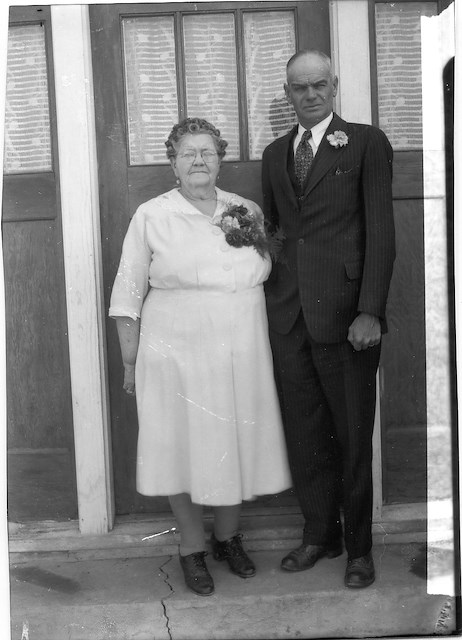
While giving testimony in a suit over oil leases brought by Clarence Hoback, she dramatically fainted while on the witness stand. The case was eventually decided in her favor by the state Supreme Court.
Molly’s marriage to Elmer Todd in 1943 was her third attempt at blissful matrimony but again ended in divorce in 1947. Molly’s last years were spent in Craig, and, unlike the rest of her life, she quietly passed away in her sleep in 1953, only discovered the next morning by her 8-year-old grandson.
Molly Rink’s boisterous and robust personality seems to personify Moffat County’s oil boom of the 1920s. It was an exciting moment when the region grew in wealth and confidence, and became an important cog in the larger and similarly confident modern American economy and society.
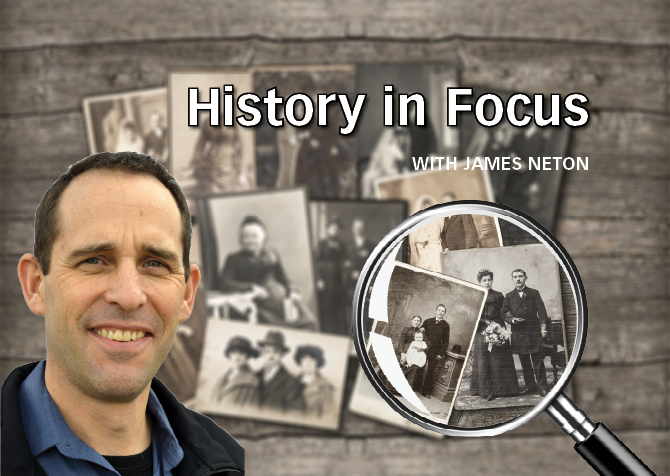
James Neton teaches history at Moffat County High School. He can be reached at netonjim@yahoo.com. Sources for this article were the newspaper and photo archives of the Museum of Northwest Colorado.

Support Local Journalism

Support Local Journalism
Readers around Craig and Moffat County make the Craig Press’ work possible. Your financial contribution supports our efforts to deliver quality, locally relevant journalism.
Now more than ever, your support is critical to help us keep our community informed about the evolving coronavirus pandemic and the impact it is having locally. Every contribution, however large or small, will make a difference.
Each donation will be used exclusively for the development and creation of increased news coverage.




